by D.M. McDonald pg 324 Big Hill Country 1977
A.W. MacDonald was born in the northwestern highlands of Scotland in Invernesshire, a land as rugged as the inhabitants of this picturesque home of the clan MacDonald. Earning a living was either by being a gamekeeper, shepherd, or a crofter. A crofter was a tenant farmer of the large landowners who were either titled people or wealthy people called Lairds.
MacDonald was an employee and also a crofter on land owned by a Laird MacDonnell. The Laird had dreams of a fortune to be made by trading with the Indians (sic) in far-off western Canada. He asked MacDonald to accompany him as an employee on this venture. In 1881 they sailed from Scotland for the United States where they sailed by riverboat up the Missouri River to Fort Benton, Montana. The Laird purchased four horses, a wagon, and all the goods and necessary articles they would need on their long journey on the trail to the banks of the Ghost River. They followed the route used by the I. G. Baker Company who were operating a trading post and supplying the N.W.M.P. in Calgary.
After a journey of six months from the time they left Scotland, they arrived on the North Fork of the Ghost River north of Morley, Alberta. Here they built a trading post and spent the winter of 1881. In the spring of 1882, the Laird returned to Scotland and instructed MacDonald to meet him in Fort Benton in the spring of 1883 and to purchase more goods to trade. When MacDonald arrived in Fort Benton there was a
letter for him advising him the Laird was not going to return to Canada and that he was to keep all the Laird’s property as wages. It must have been quite a shock to a 53-year-old man, in a strange country, his family in far-off Scotland, with very little money and miles away from the Ghost River. He had no other choice but to return to Canada. To have embarked on such an undertaking in the first place at the age of 50 years, an age at which most of us think we have reached the twilight of our lives, speaks well of the courage of our ancestors. Starting an entirely new type of life in a far off land shows the true pioneering spirit of our forefathers.
Upon his return to the Ghost River, he filed a homestead which he named Glenfinnan in remembrance of the birthplace of his wife in far-off Scotland. He worked hard, cutting hay which he sold to the construction crews that were building the C.P.R. He even hauled hay as far as Banff, no mean feat I would say. He raised a few cattle and by 1886 he had saved enough money to send for his family.
Mrs. MacDonald was living on the banks of the loch near Arisaig, which is about 60 miles west of Fort William. She and her three daughters and three sons had to walk five miles around the loch where they had to be rowed out to the ship that was to take them to Canada. Their many friends and neighbours carried their belongings to the ship and wished them Godspeed on their journey. The children were, Margaret, age 20, later known as Maggie Robertson, wife of James Robertson; Jessie, age 19, later Mrs. Charlie Perry; Donald, age 18, later known as D.P. of the Mount Royal Ranch; Angus, age 14, who later homesteaded north of Cochrane; Alex, age 12, best known as Sandy and foreman of the last Cochrane Roundup, and Joanne, age 9, later Mrs. George Phipps. It must have been quite an experience looking after this brood on the long journey to Cochrane. Mr. MacDonald met them at Cochrane where they arrived on one of the first trains that were going to Vancouver. They arrived late in the evening and drove 20 miles to their new home.
Mrs. MacDonald was born in 1836, and passed away in 1912. Shortly after her passing, and upon the death of his son-in-law, George Phipps, Mr. MacDonald sold the Glenfinnan to Doctor Muir. He and his daughter, Mrs. Joanne Phipps, and her two children, Agnes and Jack, moved to live with his son, Angus, who at that time was not married.
In 1917 Mr. MacDonald purchased a house in the east end of the village of Cochrane where he, Mrs. Phipps and her two children lived until he passed away in his sleep on the 20th of February, 1927, at the age of 96. He had at no time in his life been ill and, till the very last, did not show any signs of being senile.
It was men and women of the caliber of Mr. and Mrs. MacDonald that helped to develop this wonderful country of ours. It took a great deal of courage and faith in the future to bear the trials and tribulations that must have beset them.
The last owner of the Glenfinnan was Hamish Begg. He sold the ranch to the Alberta Government who returned it to the Stoney Indians for road allowance rights on another part of the Morley Reserve. Truly a fitting end to the story of Mr. MacDonald.
Deep Dive
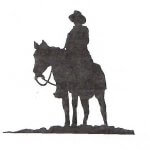
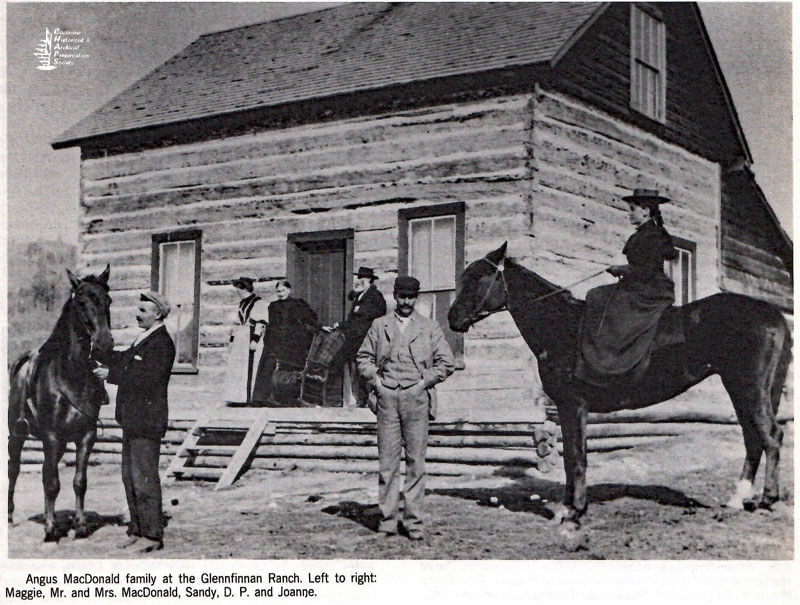
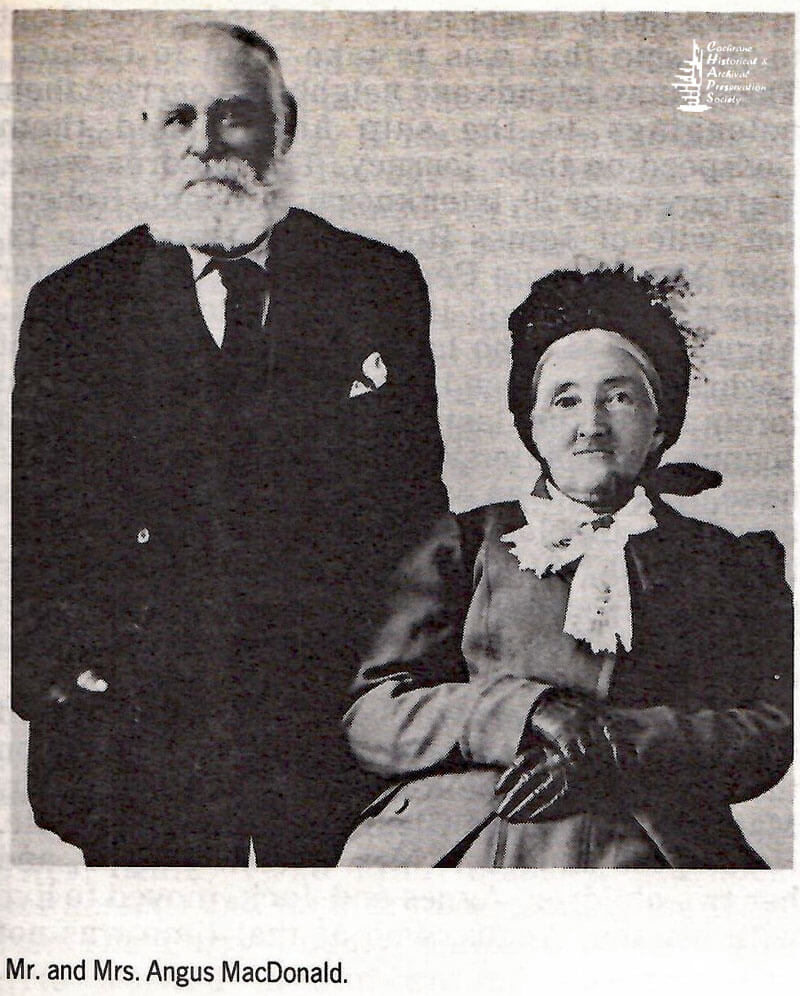

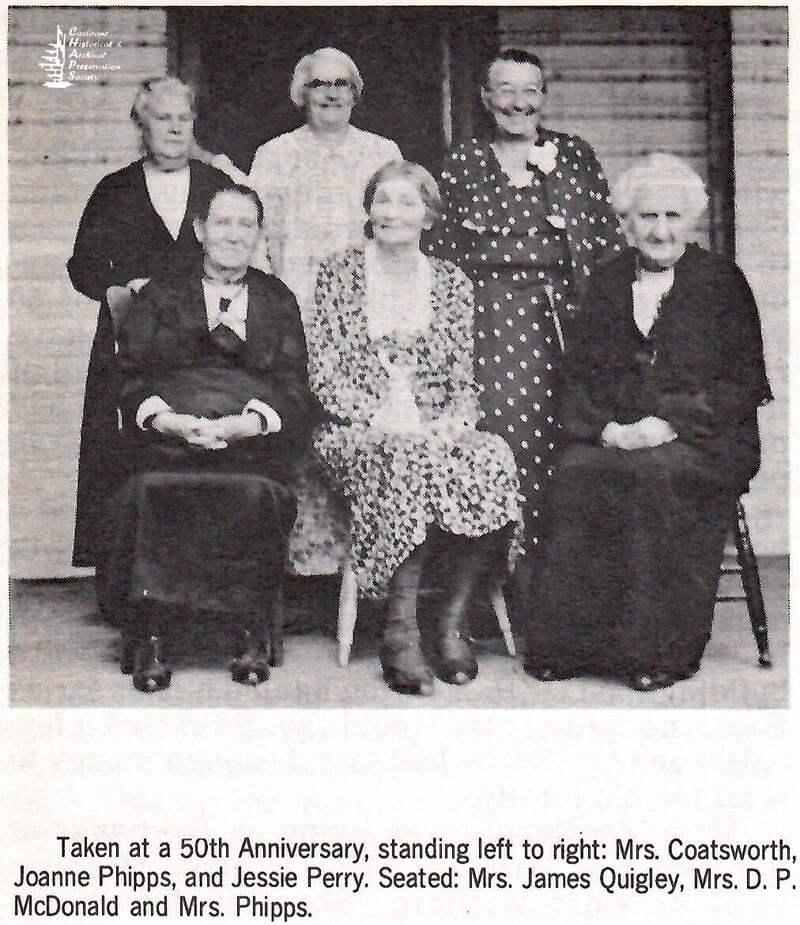
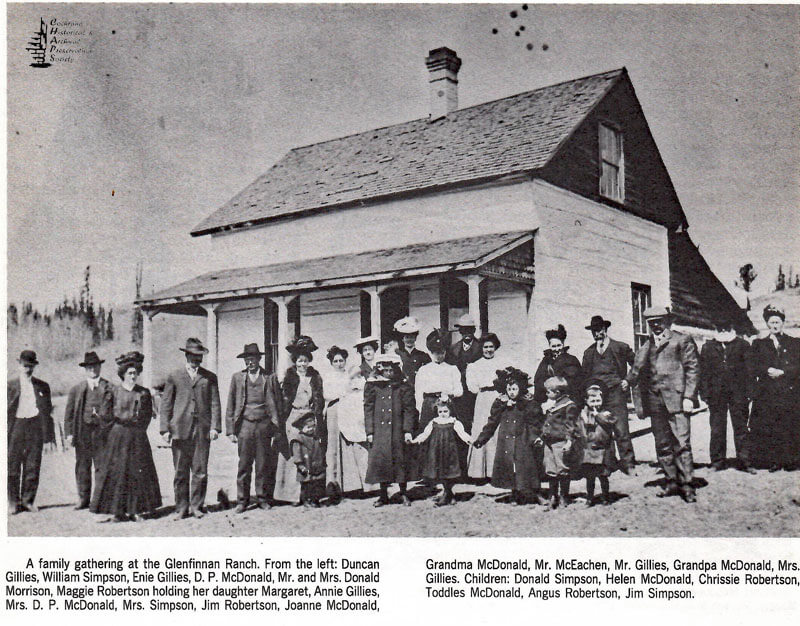

On p. 72 in Big Hill Country, a map of Morleyville dated Feb.1886 shows a A.McDonald owning Lot 9. However a map in More Big Hill shows William Graham as Lot 9 owner and his bio states he came west in 1886. Does anyone know where Glenfinnan ranch was located near Morley? Was it lot 9?
Yes I know where the Glenfinnan Ranch is . My father, and is parents and grandparents are in the large gathering picture. Patricia (Penny) Simpson MacMillan
Thanks for responding. Do you know if it was a part of the original lots at Morleyville? I volunteer at Cochrane Museum and we’ve been creating some new stories for our displays.